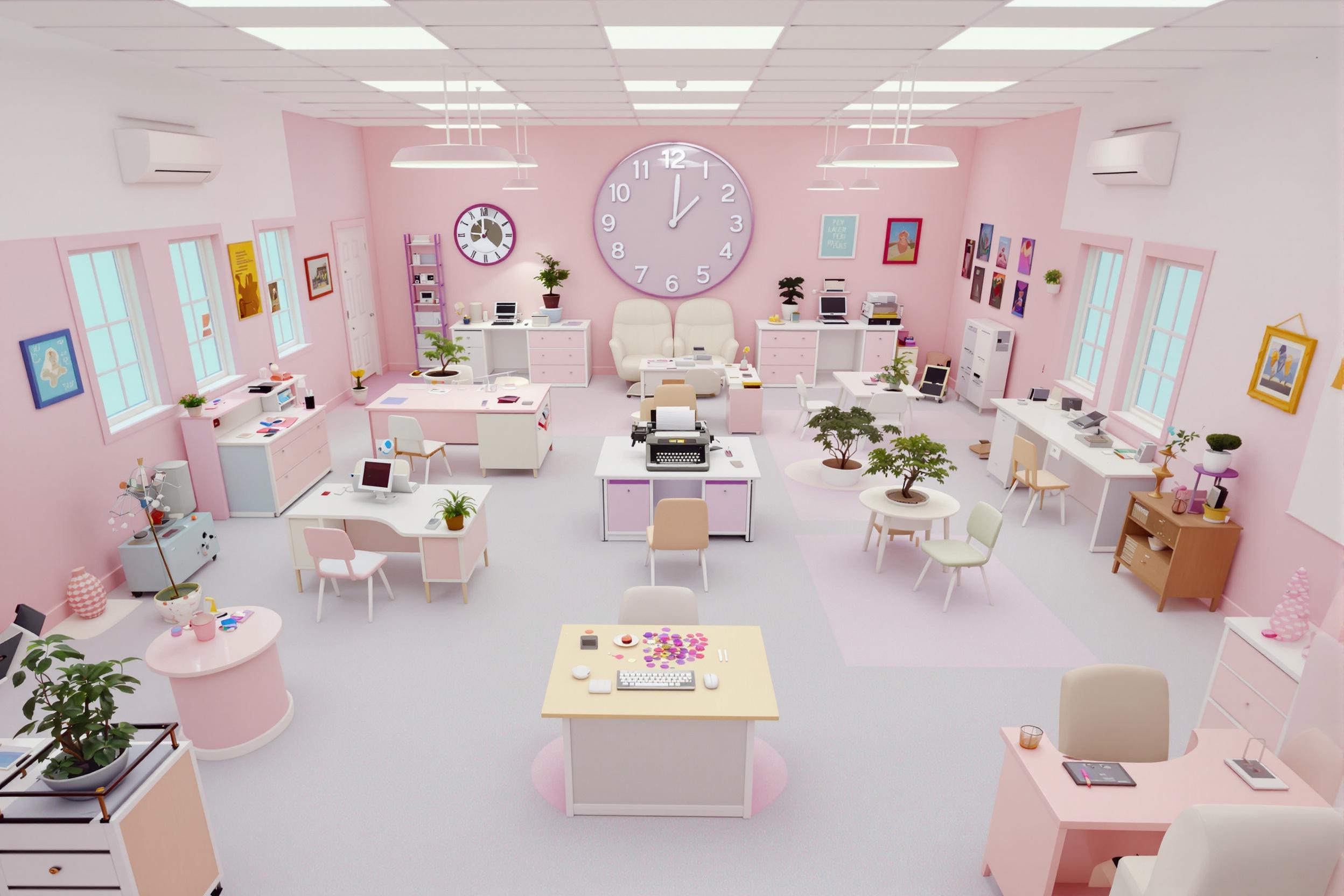
Curator
A Curator is a professional who oversees art collections and exhibitions in museums, galleries, and cultural institutions. They're like artistic directors who select, organize, and present artworks while also telling the story behind the pieces. Curators research artwork history, work with artists, write descriptions for exhibitions, and make decisions about what art to display and how to display it. They often manage both permanent collections and temporary exhibitions. Think of them as storytellers who create meaningful experiences for visitors by choosing how art is presented and explained.
Examples in Resumes
Managed 12 annual exhibitions as Curator at City Art Gallery
Served as Assistant Curator for modern art collection
Senior Curator responsible for acquiring new artworks and maintaining permanent collection
Associate Curator specializing in contemporary Asian art exhibitions
Typical job title: "Curators"
Also try searching for:
Where to Find Curators
Professional Organizations
Job Boards
Professional Networks
Example Interview Questions
Senior Level Questions
Q: How do you develop a long-term exhibition strategy for a museum or gallery?
Expected Answer: Should discuss budget planning, audience engagement, collection development, and ability to balance popular appeal with artistic merit. Should mention experience with multi-year planning and stakeholder management.
Q: How do you approach acquiring new pieces for a permanent collection?
Expected Answer: Should explain research process, authentication methods, budget considerations, and how they evaluate artistic and historical significance. Should discuss relationship building with artists, collectors, and galleries.
Mid Level Questions
Q: How do you design an exhibition layout that tells a compelling story?
Expected Answer: Should explain how they consider visitor flow, artwork placement, lighting, and narrative progression. Should discuss experience with exhibition design and working with installation teams.
Q: How do you handle artwork preservation and conservation?
Expected Answer: Should discuss knowledge of proper handling procedures, climate control, storage methods, and when to work with conservators. Should mention experience with collection management systems.
Junior Level Questions
Q: How do you research artwork provenance?
Expected Answer: Should explain basic research methods, use of databases and archives, and understanding of artwork documentation. Should show familiarity with authentication processes.
Q: How do you write exhibition labels and catalogs?
Expected Answer: Should discuss ability to write clear, engaging descriptions for general audiences, knowledge of standard formatting, and experience with different types of exhibition materials.
Experience Level Indicators
Junior (0-3 years)
- Basic artwork research and documentation
- Exhibition installation assistance
- Writing artwork descriptions
- Collection database management
Mid (3-7 years)
- Exhibition planning and design
- Artist and collector relations
- Budget management
- Collection care and handling
Senior (7+ years)
- Strategic exhibition planning
- Major acquisition decisions
- Team leadership
- Institutional partnerships
Red Flags to Watch For
- No knowledge of proper artwork handling and preservation
- Lack of writing and research experience
- Poor understanding of exhibition design principles
- No experience with collection management systems
Related Terms
Need more hiring wisdom? Check these out...

Culture Add vs Culture Fit in Hiring: Why It May Be Time to Rethink Your Approach

Changing Careers: A Recruiter's Inside View

Lost in Translation? How a Hybrid Mentorship Database Bridges Cross-Regional Talent

